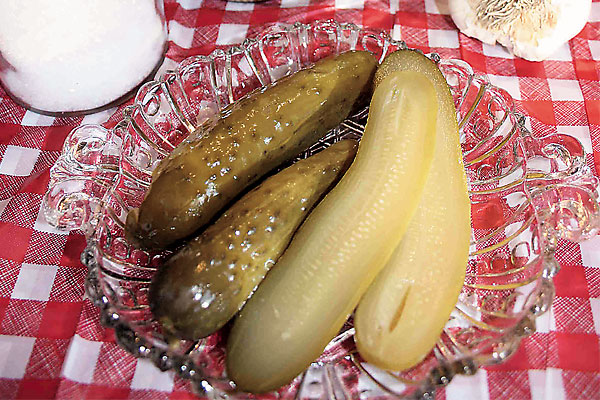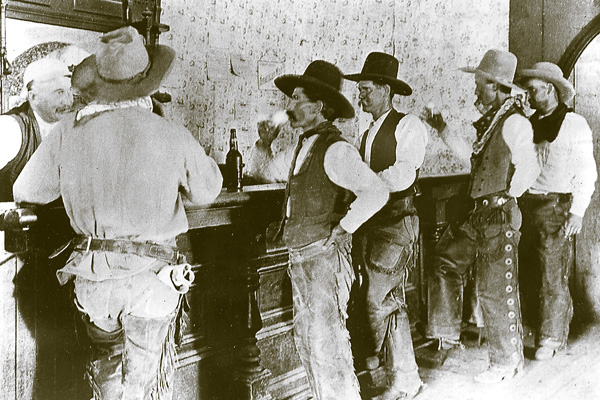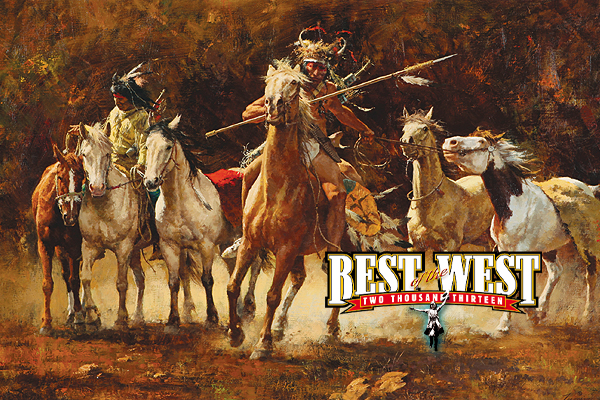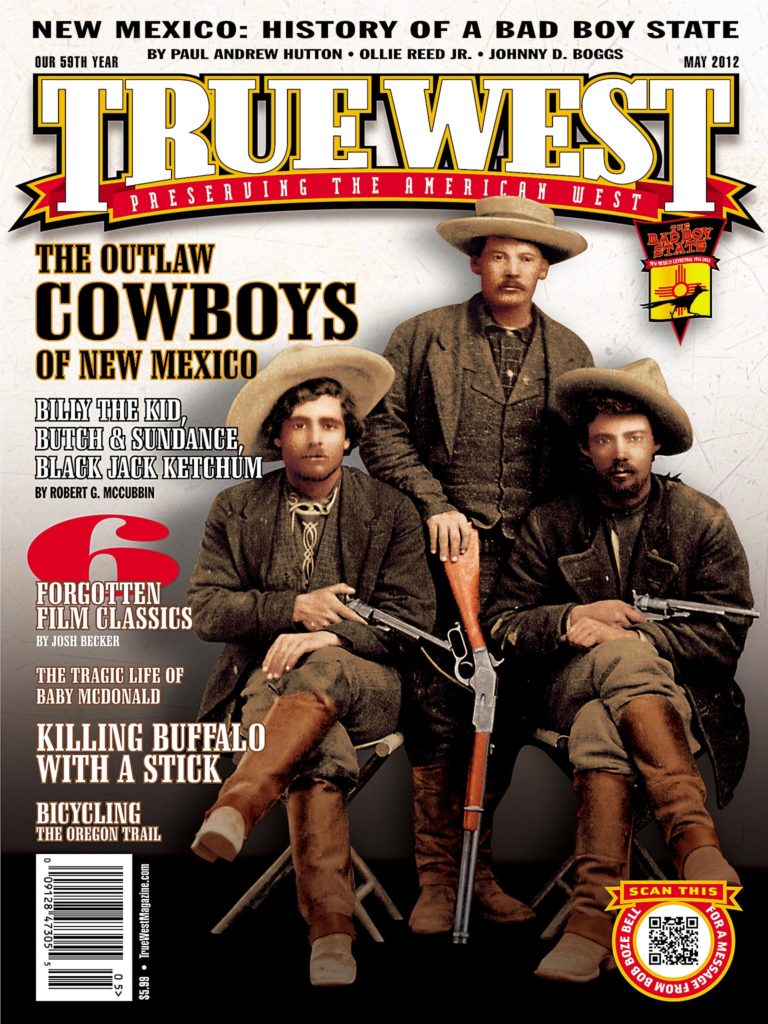 “Another Robbery, This One On the Yukon, Netted $7,000,” read the August 31, 1898, headline in The Helena Independent.
“Another Robbery, This One On the Yukon, Netted $7,000,” read the August 31, 1898, headline in The Helena Independent.
These clever thieves had used salt to conceal their robbery. While the steamer Cudahy traveled between Dawson, Yukon Territory, and St. Michael, Alaska, a sack of gold dust valued at $7,000 had disappeared. Its owner, an Indian named Stick Jim, discovered his sack now held salt! In 1898, salt was valuable, but not nearly as valuable as gold.
In ancient times, however, salt was worth more than gold. Neolithic settlements were located at salt springs, and caravans trekked deserts trading salt ounce-for-ounce for gold. Roman soldiers were paid partly in salt, their salarium, today’s “salary.”
Those who came to the American West also cultivated this earthly mineral. In 1805, transcontinental explorers Lewis & Clark created a salt cairn in Seaside, Oregon, when their supply ran out. In 1847, Brigham Young chose to settle his colony at Utah’s Great Salt Lake, with its 100-mile-long layer of salt that became a mainstay of the Mormon economy. Pioneers who settled out West relied on salt to cure meat and fish, and to season their meals. They also used it for medicinal purposes and to can food for the winters.
Salt was so important that it led to wars like the El Paso Salt War of 1877. It also caused citizens to become thieves. In 1872, San Francisco’s Daily Evening Bulletin ran a story about a man who stole a barrel of salt. When he was arraigned in court, the judge said, “You couldn’t eat salt.” The man replied, “Oh, yes I could, with the meat I intended to steal.” He got six months in jail for his remarks to the less-than-humored judge.
R.G. Van Horn stole four salt cellars from W.R. Bennett’s store in Omaha, Nebraska, in 1897. Van Horn had moved to Omaha from Missouri with his new bride, who married against her parents’ wishes. She apparently was lacking the trendy salt cellars; no proper lady would have served a formal meal without them. Perhaps if the Van Horns hadn’t been creating a dowry out of Bennett’s inventory, the store wouldn’t have had to file bankruptcy six years later!
Salt, whether served in fancy salt cellars or used to preserve food, is a lot easier to obtain today than it was in the Victorian West. So pull out your canning jars, procure some canning salt (the legal way) and make these tasty pickles.
Dill pickles
8 lbs. pickling cucumbers (4″-6″)
c. sugar
. canning salt
1 qt. vinegar
1 qt. water
Garlic, peeled (or sliced horseradish)
Crushed red peppers ( tsp. per jar)
Mustard seed ( tsp. per jar)
Dill weed, fresh (one sprig per jar)
Pint jars (about seven)
Combine the sugar, salt, vinegar and water in a large sauce pan and bring to a boil. Simmer for 15 minutes. Meanwhile, place whole or sliced cucumbers, a clove of garlic (or horseradish, as used in 19th century), mustard seed, peppers and dill into sterilized jars. Pour hot liquid into the jars, leaving -inch head space. Clean edges of jar and seal. Process in boiling water for 15 minutes.
As the 1898 recipe states, “They will be ready to eat in about a week if the cucumbers are not very large. If they are not ready they will be tough and white in the center. These pickles will not keep a year, as other pickles do.”
***
Adapted from the recipe in the April 2, 1898, St. Louis Republic
Sherry Monahan has penned Taste of Tombstone, Pikes Peak, The Wicked West and Tombstone’s Treasure. She’s appeared on the History Channel in Lost Worlds, Investigating History and Wild West Tech.





